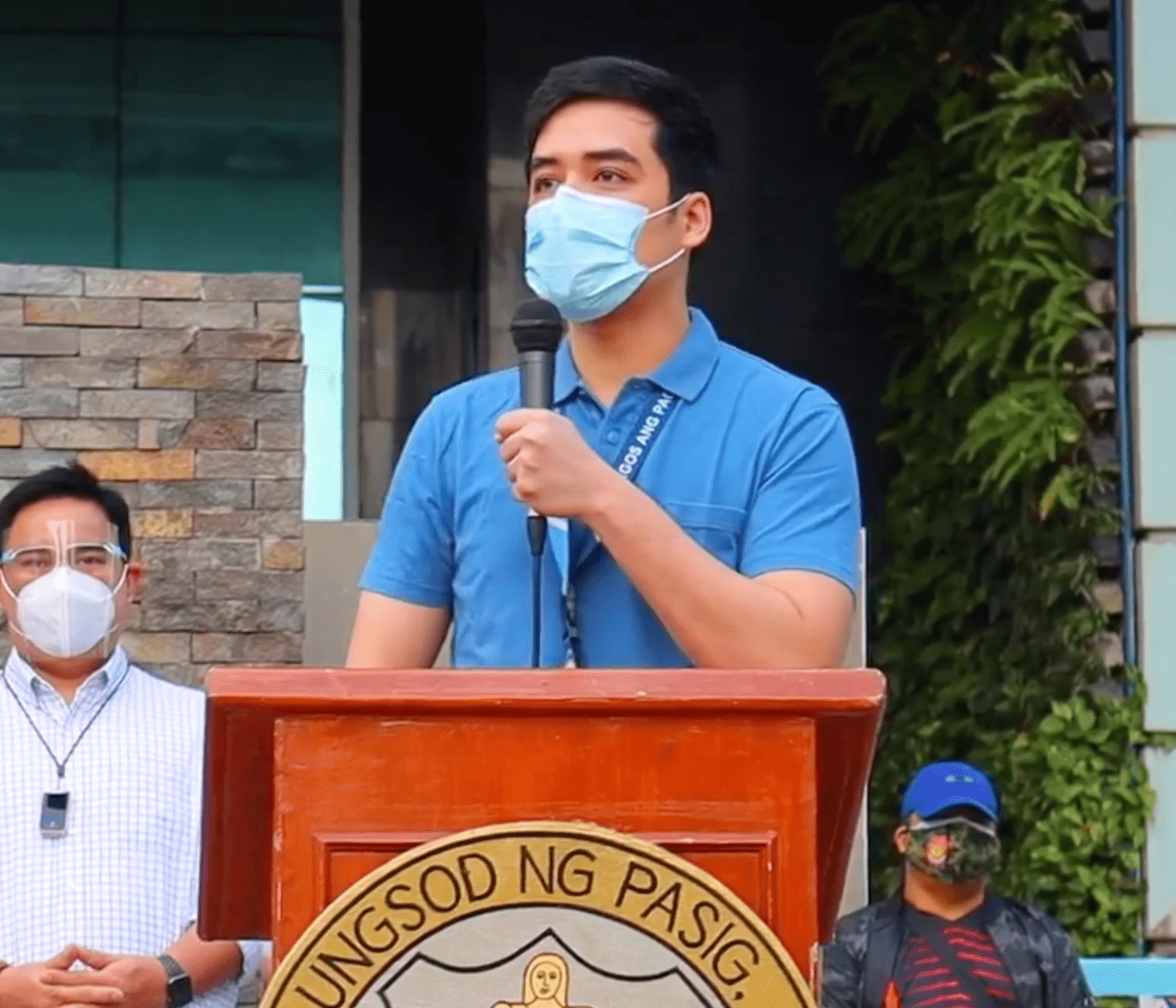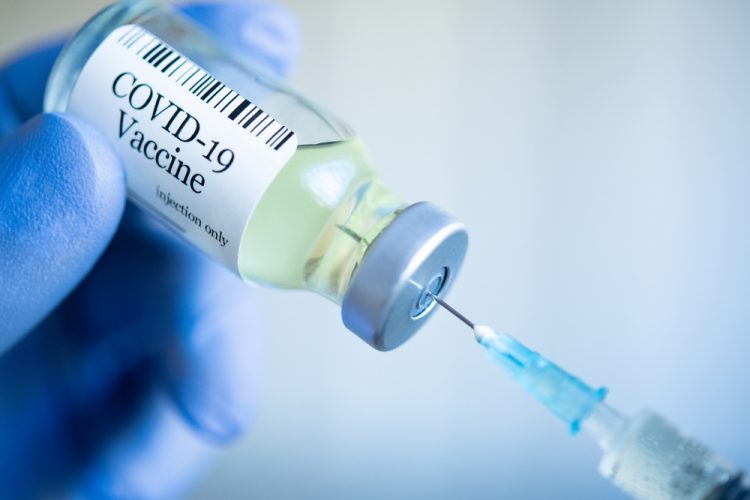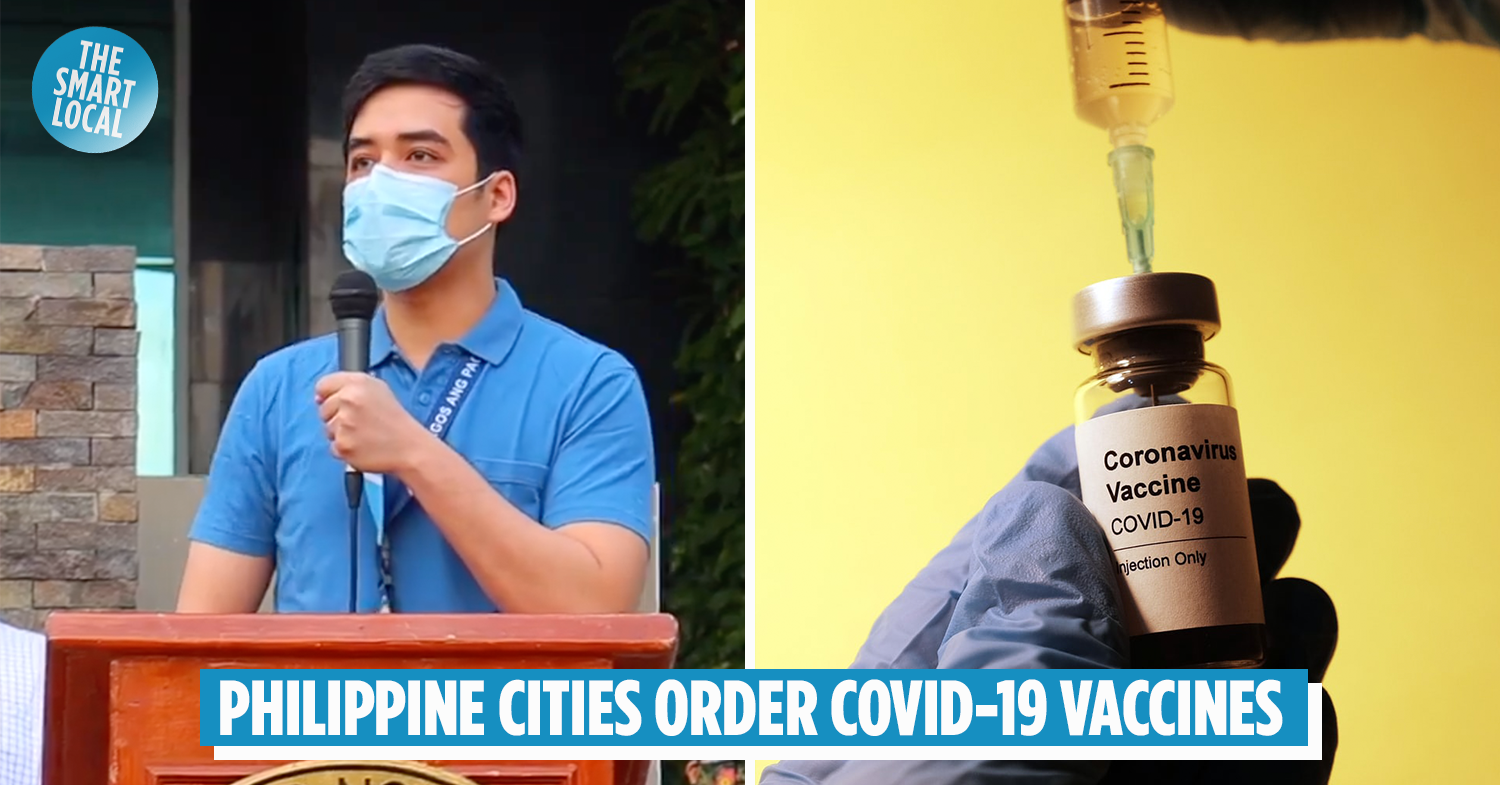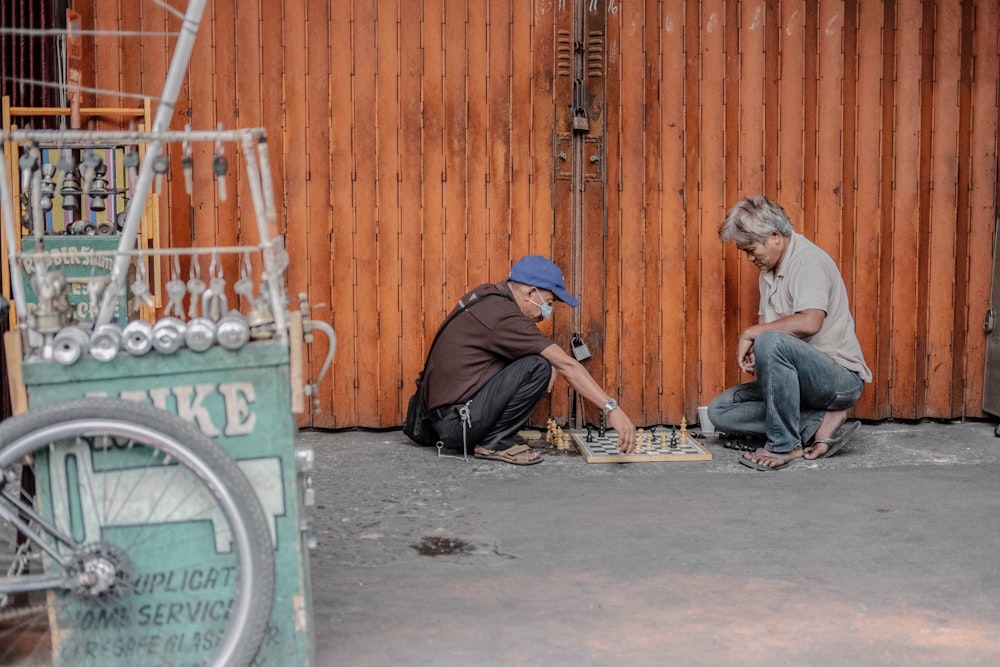COVID-19 vaccines to roll out in the Philippines
Days and months in the Philippines have looped into one big quarantine period, making it hard to believe that it’s been a year since the first reported case of COVID-19 in the country. This said case popped up in December 2019, but the nationwide quarantine period only officially started in the Philippines in March 2020.
That means residents have been stuck at home with uniquely Filipino quarantine food trends and quaranthings for 10 months now. Most of us just want to see our friends and family for more than 15 minutes without PPE on – and that might just be possible soon.
In the past month, the Philippine national government has been working towards acquiring COVID-19 vaccines for Filipinos. Several local government units (LGUs) from cities and provinces have also already placed orders for up to millions of doses. It’s a glimmer of hope for many – if not all – of us hoping for a better 2021.
Philippine local government units (LGUs) order COVID-19 vaccines

Image credit: Vico Sotto
Acquiring a COVID-19 vaccine this early on was once a pipe dream, but it might become reality sooner than we think. Scientists and researchers all over the world have been working towards creating a COVID-19 vaccine for months on end. By December 2020, a few companies have finally concluded their last phase of trials with acceptable results. The US Food and Drug Administration has even put 8 vaccines under limited approval as of writing.
With that, both the Philippine national and local governments have started to acquire millions of doses to distribute to Filipinos. The national government recently announced a budget of P82.5 billion (~USD1.7 billion) allotted to vaccines for the masses.
However, local government units have also ordered vaccines for their residents on their own instead of waiting for the higher-ups. These include cities and provinces from Pasig to Iloilo to Valenzuela, each with their individual budgets to buy the vaccines.
Health workers, senior citizens, and the disabled will get priority
Image credit: Yanni Panesa
Even if you’re one of the lucky Filipinos whose mayor has already ordered vaccines for your city, it might be a long line before your turn to get the vaccine. As per national government guidelines, distribution plans should prioritize those who need protection from the virus the most – including health workers, senior citizens, disabled people, and essential workers such as teachers and uniformed personnel. As the vaccines are also to be distributed for free, authorities would also like to prioritize lower-income and indigenous communities across the country.
Though it is up to local governments as to how to distribute the vaccines they ordered, most have promised to prioritize health workers, the elderly, and vulnerable communities.
National government aims for 148 million doses countrywide

Image credit: European Pharmaceutical Review
There might be a priority lane for the vaccines, but that doesn’t mean they won’t be available to everyone in the eventual future. The national government’s plan is to buy close to 148 million doses to accommodate the whole Philippine population.
So far, the national government has recently acquired 25 million doses of the Sinovac COVID-19 vaccine with hopes to inject 70 million people by the end of the year. This vaccine has a current efficacy percentage of less than 78%, according to The New York Times.
Meanwhile, most local government units have closed deals to acquire the Oxford-AstraZeneca COVID-19 vaccine with an efficacy rate of up to 90% as well.
Don’t forget to take health precautions
It seems like COVID-19 vaccines will be rolling out soon, but that doesn’t mean we can slack off on our COVID-19 health and safety guidelines. Most of these vaccines will keep you safe from getting the virus, but won’t stop you from being a carrier.
It doesn’t take a lot of effort to wear our face masks and shields when going out. Or when you can, just stay home – with or without the vaccine, observing protocols is still the safest and cheapest way to avoid COVID-19.
Also check out:
- World pandemics that hit the Philippines besides COVID-19
- Nightlife before COVID-19
- Isolated “Vubble Pods” at Hilton Manila for isolated dining
Cover image adapted from: Vico Sotto, Unsplash

